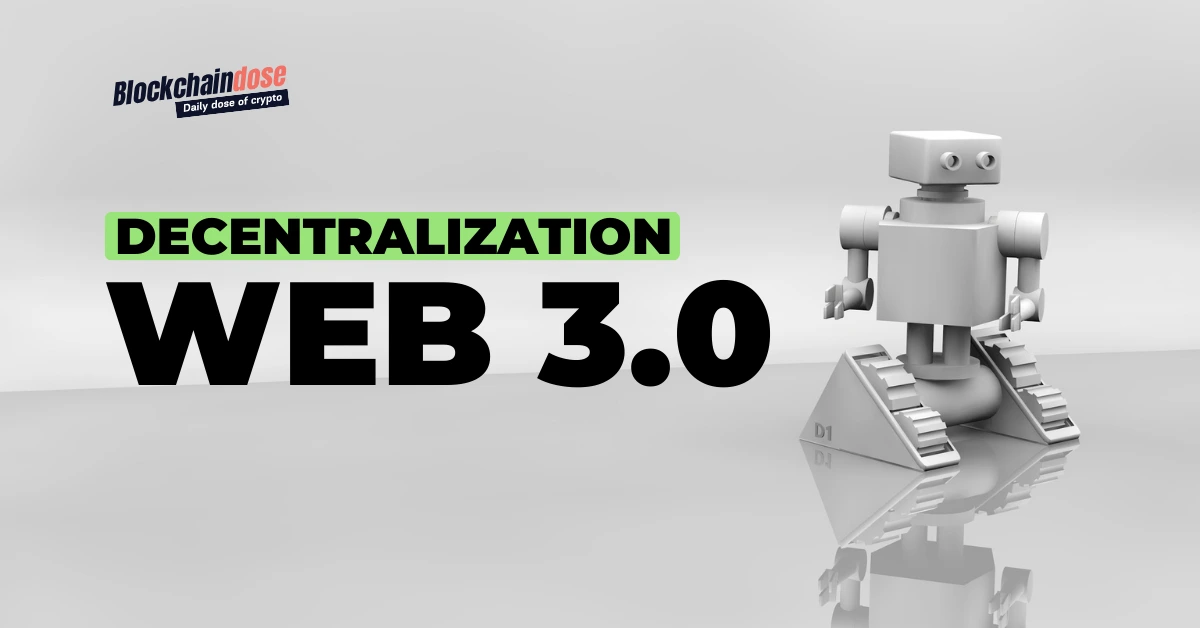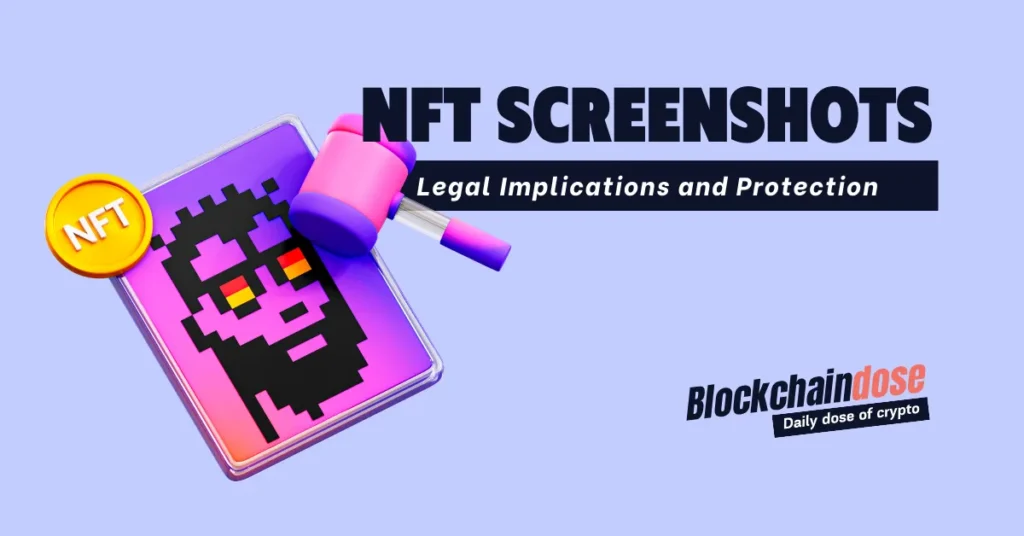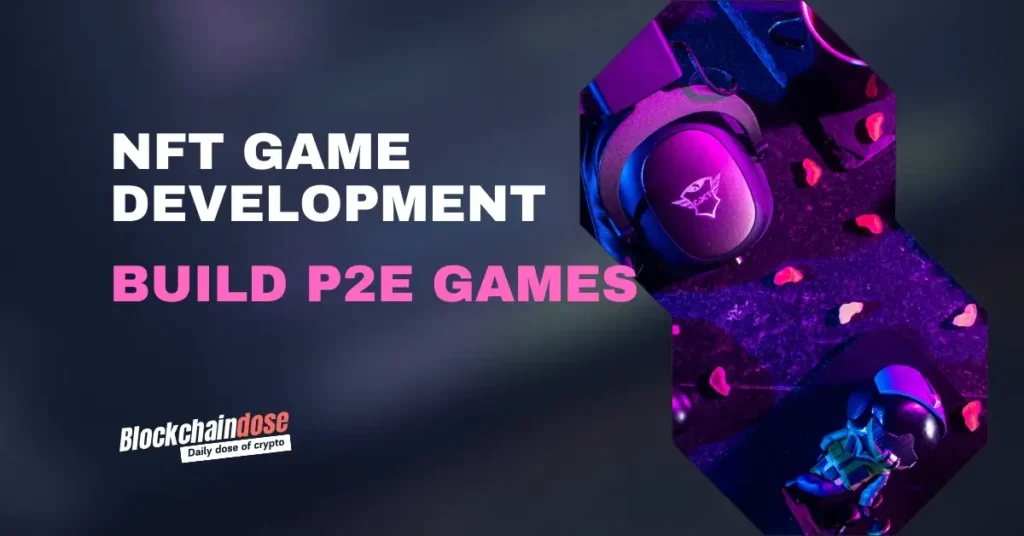Imagine the internet as a giant playground. Now, instead of a few adults making the rules, the kids themselves run the show. That’s decentralization in Web3—a shift where control spreads to many, not just a few. In 2024, this idea is gaining momentum, with a 30% jump in Web3 decentralization project investments last year. But this isn’t just about money. It’s about handing power back to the users. Uncover how Web3.0 decentralized internet is reshaping the way we experience the internet. As control shifts from centralized authorities to user-driven platforms.
What is decentralization in Web3?
Decentralization in Web 3.0 means control means control isn’t in the hands of a single group or person. Instead, it spreads across many. In Web3 decentralized internet,, no big tech company calls the shots. It’s like a community potluck where everyone brings a dish. Each person contributes something, and the internet becomes a shared space. This creates fairness and transparency for everyone involved.
Key features of decentralization in Web3 include:
- No central authority: Control is distributed.
- Shared decision-making: Everyone has a say.
- Transparency: Systems like blockchain make data accessible and verifiable.

The core tech behind decentralization in Web 3.0
Web3 decentralization stands on two main pillars:
- Blockchain: A system where information is stored in a digital ledger. It’s visible and verifiable by all users, making it difficult to manipulate.
- Smart Contracts: Digital agreements that trigger actions automatically when certain conditions are met. They cut out middlemen and streamline processes.
How decentralization is changing online power structures
One of the biggest shifts decentralization in Web 3.0 brings is putting users back in control of their data. Previously, big companies held onto personal information. But with Web3, you decide who can access your data. It’s like having a lockbox for your digital life, with only you holding the key. This new way of managing data is making the internet a fairer and safer place.
The Evolution of Web3: From Read-only to a User-controlled Playground
Imagine the internet as it was in its early days. Web1 was like a library, filled with static pages. You could read but not interact. Then came Web2, transforming the internet into a bustling social hub, where platforms like Facebook and Twitter turned users into creators. But here’s the catch: big companies still held all the power.
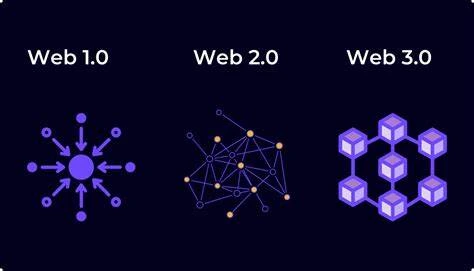
Now, Web3 is flipping the script. It’s a decentralized playground where users make the rules, sharing control over their data and how the internet operates. With this shift, Web3 is ushering in a fairer digital world, built on transparency and participation.
Expanding the Web3 Toolbox: Cryptocurrencies, dApps, and Decentralized Identity
You’ve heard of blockchain and smart contracts, but the Web3 toolbox doesn’t stop there. Cryptocurrencies like Bitcoin and Ether fuel decentralized platforms, enabling peer-to-peer transactions without the need for a bank. Decentralized apps, or dApps, are the engines driving this innovation, allowing users to connect, trade, and share without oversight from tech giants.
But that’s not all. Decentralized storage platforms like Filecoin and Arweave are giving users control over their data. And with decentralized identity systems, like Civic, you’re the gatekeeper of your personal information, deciding who gets access. In Web3, you hold the keys to your digital world.
The rise of decentralized apps (dApps)
dApps allow people to collaborate without needing a large company overseeing operations. This opens up new possibilities for businesses and projects.
Examples of dApp use cases include:
- Decentralized finance (DeFi)
- Decentralized social networks
- Peer-to-peer marketplaces
These apps foster innovation and independence, making it easier for individuals to manage projects and work online.
Real-world examples of Web3 decentralization
Web3 decentralization isn’t just theoretical—it’s already happening across various sectors. Below are some real-world platforms that are pioneering decentralized approaches:
Decentralized Finance (DeFi) Platforms:
- Uniswap: A decentralized cryptocurrency exchange where users trade tokens directly from their wallets without intermediaries. As of 2023, Uniswap has facilitated over $1 trillion in trading volume.
- Aave: A decentralized lending platform that allows users to lend and borrow cryptocurrencies. Aave has over $5 billion in total value locked (TVL) as of 2023.
Web3 Decentralized Social Media:
- Mastodon: A decentralized social network with over 2.5 million active users as of 2023. Built on open-source software, Mastodon allows users to host their own servers, offering more control over their data.
- Lens Protocol: A decentralized social graph built on the Polygon blockchain. It allows users to own their content and social connections, with over 100,000 profiles created on Lens by 2023.
Web3 Storage Solutions:
- Filecoin: A decentralized storage network that lets users rent out unused hard drive space. Filecoin boasts over 18 exbibytes of storage capacity as of 2023.
- Arweave: A decentralized platform for permanent data storage, having stored over 100 million files as of 2023.
Decentralized Autonomous Organizations (DAOs):
- MakerDAO: A decentralized organization that manages the DAI stablecoin. MakerDAO controls over $7 billion in TVL as of 2023.
- Gitcoin: A platform that funds open-source software development through quadratic funding. Gitcoin has distributed over $50 million to public goods projects by 2023.
Web3 Decentralized Identity Solutions:
- Civic: A blockchain-based identity verification platform, partnered with over 1,000 companies to provide decentralized identity services.
- ENS (Ethereum Name Service): A decentralized domain name system on Ethereum. Over 2.8 million .eth domains were registered as of 2023.
These examples showcase how Web3 decentralization is already making waves, offering new ways to manage finances, social interactions, data, and identity.
DeFi: A banking revolution
Decentralized finance (DeFi) offers services like borrowing, lending, and investing without the need for banks.
Growth of DeFi by Total Value Locked (TVL):
| Year | TVL ($ billion) |
|---|---|
| January 2020 | 0.7 |
| January 2021 | 20.5 |
| January 2022 | 236 |
| January 2023 | 74 |
Although the market has contracted recently, DeFi’s potential to change banking remains huge.
Decentralized Governance: Giving Power Back to the People (DAO)
Decentralized Autonomous Organizations (DAOs) are changing the way decisions are made. Think of it as a global community where everyone has a vote. Platforms like MakerDAO, which manages the DAI stablecoin, let users collectively govern the platform. It’s transparency in action—no middlemen, no gatekeepers, just community-driven decisions.
Benefits of DAOs:
- Community-driven decisions
- Transparent voting systems
- Inclusive governance
Challenges facing Web3 decentralization
While Web3 offers many benefits, there are challenges to overcome.
Top challenges include:
- Security risks: No central point of control makes it difficult to prevent attacks.
- Complexity: Blockchain and smart contracts are still hard for many people to understand.
- Scalability: As Web3 grows, systems must handle more users and transactions efficiently.
Data privacy in a decentralized web
Data privacy is one of Web3’s major benefits. 75% of internet users are concerned about online privacy. With Web3, users control their data, reducing the risks of privacy breaches. It’s like owning a digital lockbox that only you can open.
Future of Web3: Where AI and Blockchain Meet
Web3 is still in its early stages, but the possibilities are endless. Imagine a future where AI and blockchain work hand in hand, automating processes and creating more seamless user experiences. As decentralized technologies evolve, we’ll likely see everything from real-world assets being tokenized to new governance models that make communities more inclusive. Web3 isn’t just reshaping the internet; it’s laying the groundwork for a new digital society.
Web3 must scale effectively to handle more users. Solutions like layer-2 scaling and sharding are helping make decentralized systems faster and more efficient, ensuring they can support widespread adoption.
Traditional industries and Web3 disruption
Web3 decentralization is not just creating new industries; it’s disrupting traditional ones too. Sectors like banking, real estate, and healthcare are feeling the effects of decentralized systems. Companies are exploring new ways to innovate using blockchain and smart contracts. This shift is pushing established industries to evolve, creating exciting opportunities for both businesses and consumers.
Conclusion
Web3 decentralization is reshaping the internet, creating new opportunities for users and industries alike. With the rapid growth of decentralized technologies and their increasing impact across different sectors, it’s clear that Web3 is paving the way for a fairer, more user-controlled internet.
FAQ
Decentralized Web 3.0 is the next generation of the internet where control is spread across many users rather than centralized companies. It uses blockchain technology to create a transparent and user-controlled digital space.
Yes, Web 3.0 is already emerging with decentralized platforms, apps, and systems like blockchain and smart contracts. Although it’s still evolving, several Web 3.0 projects are already in use today.
Web 3.0 infrastructure includes technologies like blockchain, smart contracts, and decentralized apps (dApps). These components work together to create a more transparent and user-controlled internet.
